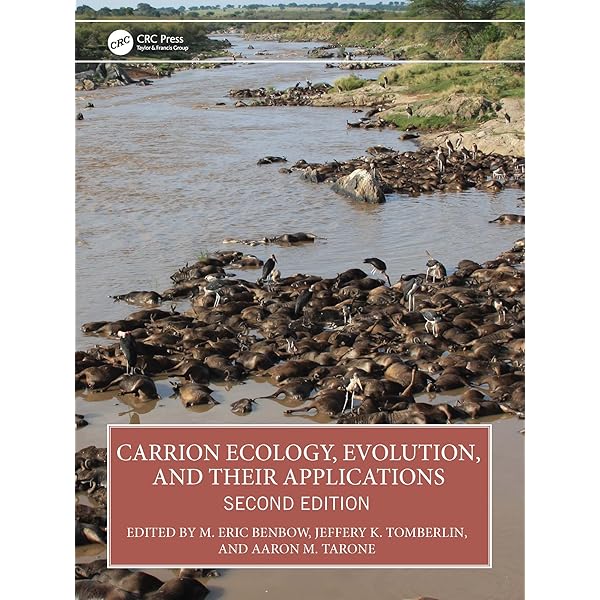Second Edition of Carrion Ecology, Evolution, and their Applications co-authored by MSU Entomology Professor
The new edition expands on the 2015 volume with added research, nine chapters and global contributions, including work by MSU’s Dr. Eric Benbow.
 The second edition of Carrion Ecology, Evolution, and their Applications was published mid-July, featuring significant contributions by MSU Professor of Aquatic, Disease and Decomposition Ecology, Dr. Eric Benbow.
The second edition of Carrion Ecology, Evolution, and their Applications was published mid-July, featuring significant contributions by MSU Professor of Aquatic, Disease and Decomposition Ecology, Dr. Eric Benbow.
Though often overlooked due to its unsettling nature, carrion, or the remains of dead animals, plays a critical role in ecosystems around the world. The study of decomposition and carrion ecology provides valuable information about key ecological processes such as nutrient cycling and disease transmission.
Originally published in 2015, the first edition of Carrion Ecology, Evolution, and their Applications provided extensive information about carrion and its role in various ecosystems, specifically focusing on how the process of decomposition recycles nutrients and energy back into the environment.
The second edition builds significantly upon the first, providing an abundance of new research. It has been described as, “...the most comprehensive resource on carrion from all ecosystems of the world,” according to the book’s abstract by Benbow and colleagues.
Featuring contributions from seventy-three authors representing eight different countries, and the addition of nine brand new chapters, this edition provides an extensive overview of nearly everything there is to know about carrion ecology and its relevance to biologists and public health professionals.
Dr. Eric Benbow is a professor of Aquatic and Decomposition Ecology for the MSU Department of Entomology. His research primarily focuses on the interactions between insects and microbes in complex ecosystems, specifically in relation to the ways that diseases spread, decomposition, and how insects can be used as a source of food and animal feed in Africa.



 Print
Print Email
Email
